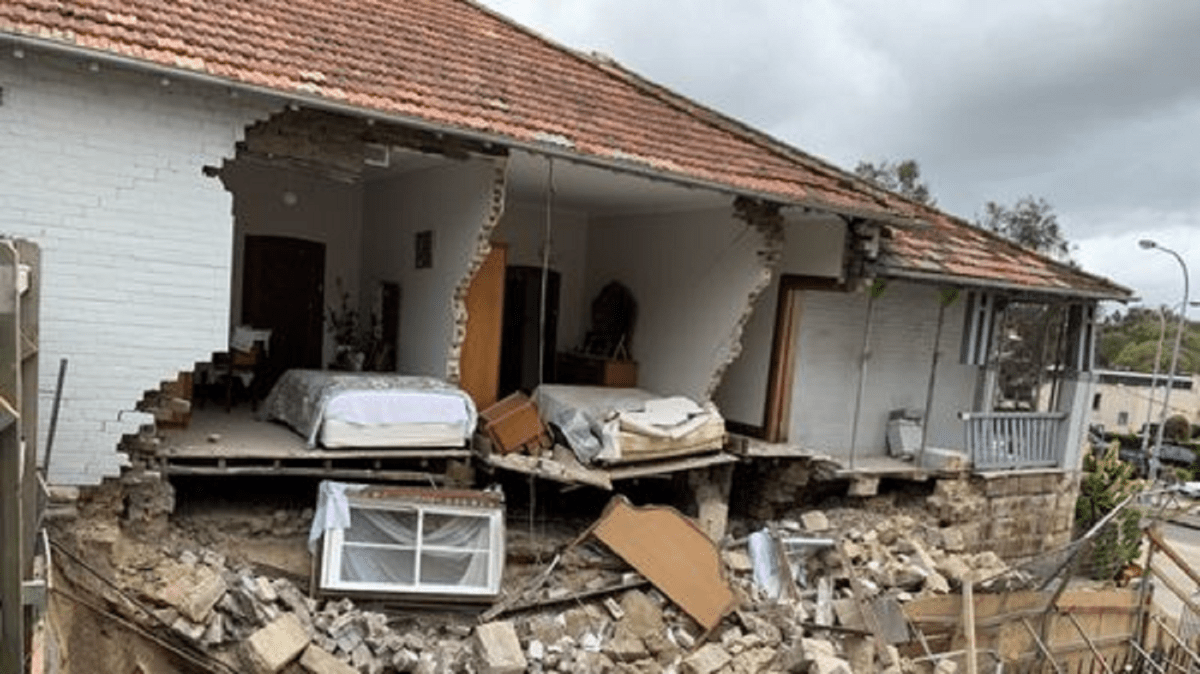
- May 5, 2021
- Effective Building
- 0
Stamp duty abolition was not expected to happen by anyone even by building consultants in NSW. Dominic Perrottet, NSW treasury, made a bold move on initiating the abolition of the stamp duty in NSW and suggested a broad-based land tax replacement.
Perrottet is truly a visionary in making this possible. Definitely, he is not the first state treasurer to attempt to make this. The ACT government was on its halfway through its 20-year plan to abolish stamp duty.
But because Perrottet is the treasurer of Australia’s most populous state, his move turns the tide on state tax reform, and we must hope and expect that other states will follow this as well.
Upside and Downside of Stamp Duty Abolition
Effective Building & Consultancy believes stamp duty abolition is a good policy. As identified by former Telstra boss David Thodey and reviews from Ken Henry, taxes on transactions are the most inefficient of all taxes.
What happened is that it stops those stuff from happening. In the case of stamp duty abolition, it means that you eliminate as many property sales as occurring.
The Upside of Stamp Duty Abolition
The upside here of stamp duty abolition is that it could save home buyers tens of thousands of dollars in up-front costs. Buyers in some pockets of Sydney could save six-figure sums if they opt for a new property tax.
Moreover, NSW buyers can also be given the option to opt-out of stamp duty and choose a smaller annual property tax – a fixed amount plus a rate applied to unimproved property value – with the government beginning public consultation on property tax reform.
According to data calculated by domain based on the September quarter, stamp duty abolition would save buyers forking out above $48,500 in stamp duty on Sydney’s median house price of $1,154,400 and about $28,300 on the $723,423 median unit price.
Based on the mid-2019 valuer general’s latest figures, a buyer in inner Sydney would pay about $70,000 in stamp duty on the median sale price and an annual property tax bill, starting around $3220, on the median land value.
Once the stamp duty abolition is implemented in full, it will result in a progressive reshaping of the way we live over time. Crucially, everyone will get more mobile. For example, if you need to downsize to a smaller backyard and fewer bedrooms or need an extra bedroom for your expanding family, you need to move.
Over time, this will add to the housing supply and help to ease the costing pressures. Although no one should get too carried away.
Saul Eslake, an economist, concludes that there will only be little change to home values in the long run. At a slower rate, prices may go up, which means it won’t give much change in the next few years.
The bonus good news here is that tax switches should also boost lower joblessness as people are freer to move to available jobs.
The Downside of Stamp Duty Abolition
The downside of stamp duty abolition is that you may end up with an inefficient allocation of the current housing stock. If you are a seller, you may encourage people to live in a house that doesn’t suit them or renovate them obsessively when it suits them.
According to Tim McKibbin, the chief executive of Real Estate Institute of NSW, said that the risk buyers would pause their plans for the meantime while there is no further clarification on the reforms.
Also, some members of the said firm have cited several examples of purchasers who might abandon their property in the immediate term.
Dr. Powell added that the stamp duty abolition could reduce demand in the short term. This is because it could increase prices when introduced, as some may add some costs to their purchase price.
Under that change, Ms. Kasapidis said that once a property was subject to tax, subsequent owners won’t be able to revert back to stamp duty. She added that aside from knowing how long a buyer hopes to hold a property, block sizes and the date when a home was built could also affect the decision.
For example, a property tax on two neighbouring blocks of the same land size, one with old and one with a brand-new house would be the same. However, a stamp duty based on the different sale prices of both properties would differ.
So, basically, a lot of the value is in the capital improvement, you would expect that property taxes will be lower.g
Ms. Kasapidis also noted that the deductibility of a property tax could be a key factor for investors. This is because they can only deduct taxes annually but only claim stamp duty costs when they sell the property. These different options can affect the financing arrangements.
For example, in metropolitan NSW, the estimated residential land value is around $630,400 and the equivalent owner-occupied property tax would be $2,391.
BresicWhitney head of sales Thomas McGlynn said there are many queries from buyers and sellers on what the changes on the stamp duty abolition would mean for them. When they realised that reforms would take months, they still wanted to move their market sooner rather than later.
In recent weeks, there has been a massive amount of activity and increase in prices in some areas. Some people feel that they are better off paying stamp duty to get into the market in the short term.
Stamp Duty Abolition: Boon for Real Estate Industry
Stamp duty abolition will be beneficial for the real estate industry. This is because they will thrive on transaction volumes and other sectors that benefit from property advertising and marketing.
Another significance of stamp duty abolition is that reform offers first home buyers a fighting chance at getting into the market earlier than otherwise. Well, that could be offset if it is met with a heave in home values as buyers simply use their newly available funds to outbid each other.
In the end, the short-term price impact will depend on the structured reform and the timeline for its introduction.
Indeed, Eslaka said that this is an unparalleled chance to do something about the decline in homeownership. Added to it, he is impressed as that step shows political cojones – not exactly being a visionary but a brave move.
Stamp Duty Abolition: Option for Home Buyers
When things are fully implemented, new buyers will be given a choice either to pay upfront for stamp duty or to pay the ongoing annual property tax. Everyone else will be untouched by the new yearly tax until they decide to sell.
In turn, these homebuyers, who have recently divided out significant sums for stamp duty, may now opt to sit tight on their properties for an extended period to avoid paying the annual land tax. This could have been avoided by providing recent buyers a rebate off the annual tax, reducing the efficiency gains.
People will choose to move, not renovate when the tax change frees up properties. Additionally, more people will opt to pay stamp duty and not the ongoing property tax. If they anticipate being in their homes a long time, they can stretch the reform timeline out significantly.
With these things explained, Perrottet’s plan also faces a short-term revenue shortfall as the NSW’s property venue is delivered in yearly dribs and drabs, rather than a big upfront whack from buyers.
Hence, timing is perfect in this case, according to Eslake. If you have to borrow to cover the revenue shortfall, this is a good time because of low-interest rates.
If the stamp duty successfully shifts away from an annual property tax, the Australian government can enjoy the most efficient and stable revenue sources.
Let’s just hope that other state governments move to do the same. If not, the current system for distributing the GST will penalise NSW for discovering a new and better way to fund itself.
Stamp Duty Abolition: A Must for a Building and Pest Inspection
When you’re buying a home or investment property, you should get a professional building and pest inspection. These are highly recommended as they could not only prevent you from buying a property riddled with issues, but they could also save you money.
As buyers, it’s important to know that properties often develop problems as they age. The challenge here is that not all defects are easy to spot. There can be structural issues hidden inside cupboards; cracks hidden beneath paint; mould hidden behind walls and the list goes on.
We cannot expect that the sellers will do the inspection themselves, hence, we believe it’s an essential part of your due diligence to ensure you buy a worthy property. It is guaranteed that our building and pest inspection report can deliver much more than just peace of mind as it can also be your stepping stone towards significant savings.
For more information about building inspection services, visit our Help Centre.
Two elderly people were inside the house in Sydney when its walls were partially collapsed. Neighbours described the event as Read more
We at Effective Building & Consultancy believe in acknowledging the Aboriginal and Torres Strait Islander people and in turn, giving Read more
If you’re a property owner, having a property maintenance check is very important. Not only do routine maintenance and repairs Read more





